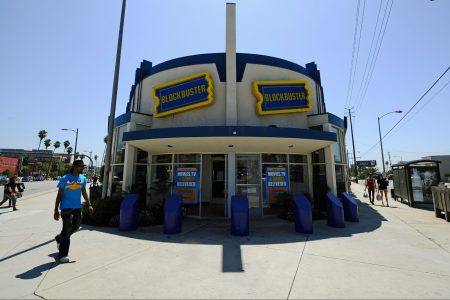There’s a difference between a customer who spends hundreds at your store at a regular cadence and one who buys the cheapest product and then never comes back. As an ecommerce owner, founder or operator, you want to make sure you’re driving “higher-quality customers” from your marketing investment. You need to be tracking the right metrics to monitor each traffic source for signs of poor customer quality. More often than not, certain traffic sources will be of lesser quality than others. Understanding what to look for, why this often happens and ensuring accurate monitoring will allow you to better optimize your marketing spending.
Related: 10 Ways to Get High-Roller Customers Spending More With You
What do we mean by “low quality?”
This can often include an inordinate number of order cancellations, lower order values, subscription cancellations and higher product return rates — pretty much, the customer actions we want to avoid. These actions can be detrimental to your business’s profitability. Say you expect your customers, on average, to spend between $60-100 on your website per order. Seeing an average order value of less than $30 all coming from one source is a sign of poor traffic quality. Conversely, if your product return rates are substantially higher from one source to another, that could be another sign.
A common source deemed to be “low quality” is incentivized traffic — essentially, incentivizing the customer in exchange for purchasing from your store. These incentives are often Amazon gift cards, points or in-game currency. You’ll notice the overwhelming majority of customers will purchase your product merely for the incentive, not because they’re actually interested in your product and value propositions. These customers will likely buy the cheapest product on your website, then return for a full refund once their incentive is received.
In this example, your average order value went down, and your order cancellations went up. To add to the madness, you’re PAYING to run this traffic. This stresses the importance of understanding how each source of traffic is contributing to your bottom line.
Why are some traffic sources “lower quality?”
There could be a myriad of reasons why a customer may partake in lower-quality behaviors. Lower disposable income is often one. There are traffic sources that cater to younger demographics — for instance, students and young professionals. TikTok and Snapchat ads are notorious for attracting younger audiences. Conversely, some sources may skew towards older markets — that may be on a pension or fixed income. These customers are more cost-conscious and may spend less money on your website due to their constraints with limited disposable income.
You also have to consider the customer’s journey and the influences on their decision-making. Customers on Black Friday or similar holidays may only be coming to your site to pick up a deal, so your repeat purchase rate may not be as strong due to this seasonality. Traffic sources that offer limited information to customers — notable, pop-up ads or other similar forms of display — can result in higher bounce rates on your website due to customer expectations potentially being different.
The messaging in your ad creative and copy can also influence purchase behavior. If your messaging is primarily discounting your brand or speaking to cost savings, you may be unintentionally driving more cost-conscious customers to your store. This, in turn, can result in lower order values. Nevertheless, these types of customers may still be worth your marketing investment. You need to understand how much you’re paying for these orders and what you’re getting in return.
Related: 5 Tips for Marketing to Conscious Consumers
How do we monitor quality?
The metrics you should track would vary depending on what’s most important to you. If you’re looking to expand your subscription program, early cancellations would be considered an important metric. If you’re looking to improve your ad spend return, low order values and order cancellations would be detrimental. You need to ask yourself, “What don’t I want my customers to do?” Those are the metrics you should be monitoring.
It’s important to track these metrics for each traffic source. Attribution tools like TripleWhale, Northbeam or Rockerbox can help illuminate which traffic sources are driving the most value for your investment.
Tactics to improve traffic quality
Reprioritizing your marketing spending is a great start to improving traffic quality. If you have one source that’s more profitable than another, working on scaling the more profitable channel may be where your time should be spent. Cutting traffic sources that are deemed to be unprofitable or hurting the business due to low-quality orders should also be an important consideration, especially if you’re unable to lower your cost investment for each customer acquired.
Bundling and upselling strategies can help to improve your order values due to the additional opportunities for the customer to spend more. Focusing on customer education before they purchase the product can also contribute to decreasing your order cancellations due to expectations being better managed. However, these can only “improve” your metrics. You need to add safeguards to prevent fraudulent or lower-quality orders from processing in the first place. Manually reviewing risky orders, limiting order quantities, collecting proof of delivery, showing clear policies on your website, being vigilant around peak shopping seasons, using verification software and building a blocklist are several common tactics.
You need to approach new traffic source tests methodically. It’s a good industry practice to start with a more limited test — for instance, spending $1,000 or less — to ensure optimal traffic quality before scaling further. This will help you avoid making large investments toward traffic sources that may not be the best for your business and avoid the costly mistakes that many entrepreneurs have encountered before you.
Related: 6 Reasons Why Attracting the Right Online Traffic Is Your Top Priority
Read the full article here










